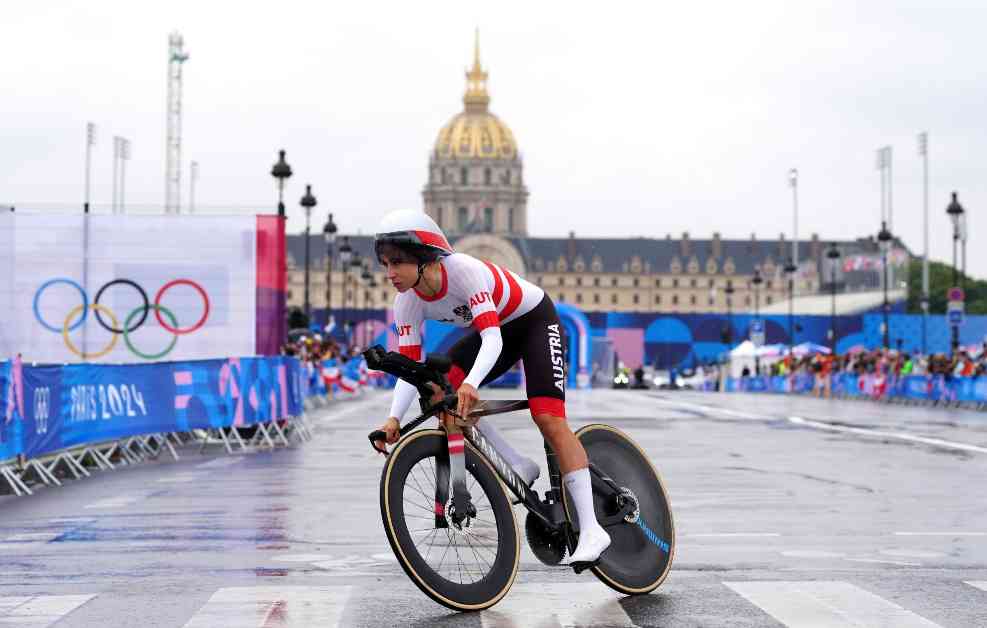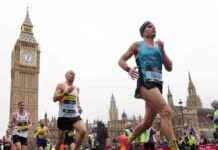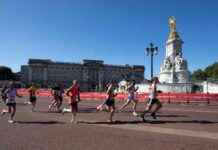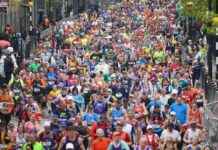Team GB has proven to be a dominant force in the cycling events at the Olympics, with an impressive tally of 100 medals, 38 of which are gold. This success has solidified Britain’s position as the most successful country in terms of medals won in cycling at the Olympics. Leading the charge are four of the most successful British Olympians, all of whom are cyclists. This esteemed group includes the married couple Sir Jason and Dame Laura Kenny, as well as Sir Bradley Wiggins and Sir Chris Hoy.
Overview of Cycling Events
For those tuning in to watch the cycling events at the 2024 Paris Olympics, it is essential to understand the various disciplines and competitions that will take place. There are six events on the track, each with men’s and women’s versions, showcasing the diversity and skill required in cycling. These events include the sprint, team sprint, keirin, team pursuit, omnium, and madison. The sprint events feature the world’s fastest riders competing for glory, while the endurance events test the riders’ stamina and strategic prowess.
One of the most challenging events is the omnium, which consists of four different races: a scratch race, a tempo race, an elimination race, and a points race. This multi-faceted competition demands versatility and adaptability from the riders, making it a true test of their cycling abilities.
Track Specifications
The Olympic velodrome, where the track cycling events will be held, is a key element of the competition. The velodrome in Paris is 250 meters long, providing a fast and dynamic setting for the cyclists to showcase their skills. The Vélodrome de Saint-Quentin-en-Yvelines stands out as the largest velodrome in the world, boasting a width of eight meters and a bank of 43 degrees. These specifications contribute to the high speeds and thrilling races that fans can expect to witness during the track cycling events.
In the men’s sprint event, which is known for its intensity and speed, riders can reach impressive speeds of nearly 75km/h. The combination of the velodrome’s design and the athletes’ capabilities creates a thrilling and competitive environment for spectators to enjoy.
Road Race Route
The road races at the 2024 Paris Olympics will take participants on a scenic journey through some of the city’s most iconic landmarks. Riders will pass by renowned sites such as the Château de Versailles, the Louvre, and the Eiffel Tower, adding a touch of grandeur to the competition. The road race route includes a challenging final climb up Montmartre, as well as sections with cobbles and tight, winding paths that will test the riders’ skills and endurance.
The men’s road race covers a distance of 273km, while the women’s race spans 158km, both culminating at the Trocadéro. The diverse terrain and demanding course layout promise an exciting and unpredictable race, showcasing the athletes’ determination and competitive spirit.
Mountain Biking Course
For the mountain biking events at the 2024 Paris Olympics, the course is set at Élancourt Hill, the highest point in the region at 231 meters. Designed by the experienced South African course designer Nick Floros, who also created the courses for the Tokyo and Rio Olympics, the track offers a challenging and thrilling experience for the riders.
The Paris 2024 mountain biking course features a 4.4km circuit with an elevation of 110 meters, providing a mix of technical descents, challenging climbs, and thrilling obstacles. The combination of natural terrain and man-made features creates a dynamic and engaging course that will push the riders to their limits.
Differences in Bikes Across Disciplines
Each cycling discipline requires specific equipment tailored to the demands of the competition. Track bikes, used in the velodrome events, are designed for speed and aerodynamics, with no brakes and a single gear to maximize efficiency. These bikes are built for pure speed, allowing riders to reach their maximum potential on the track.
Road bikes, on the other hand, prioritize control and comfort, with different frames, wheels, and gearing to handle long distances and varied terrain. Mountain bikes are equipped with fatter tires and advanced suspension systems to navigate rugged and challenging trails, providing stability and durability in off-road conditions.
BMX bikes, used in both racing and freestyle events, are specially designed for agility and speed, with variations in length and weight to suit the different disciplines. Racing BMX bikes are optimized for acceleration and maneuverability, while freestyle BMX bikes prioritize durability and versatility for tricks and stunts.
By understanding the nuances of each type of bike and how they are tailored to specific disciplines, spectators can appreciate the skill and expertise required in each cycling event at the 2024 Paris Olympics.
In conclusion, the cycling events at the 2024 Paris Olympics promise to deliver thrilling and competitive competitions across a variety of disciplines. From the high-speed intensity of track cycling to the scenic challenges of road racing and mountain biking, spectators can expect a diverse and exciting showcase of talent and athleticism. With Team GB’s impressive track record and the world-class facilities in Paris, the cycling events are sure to be a highlight of the Olympic Games.





















